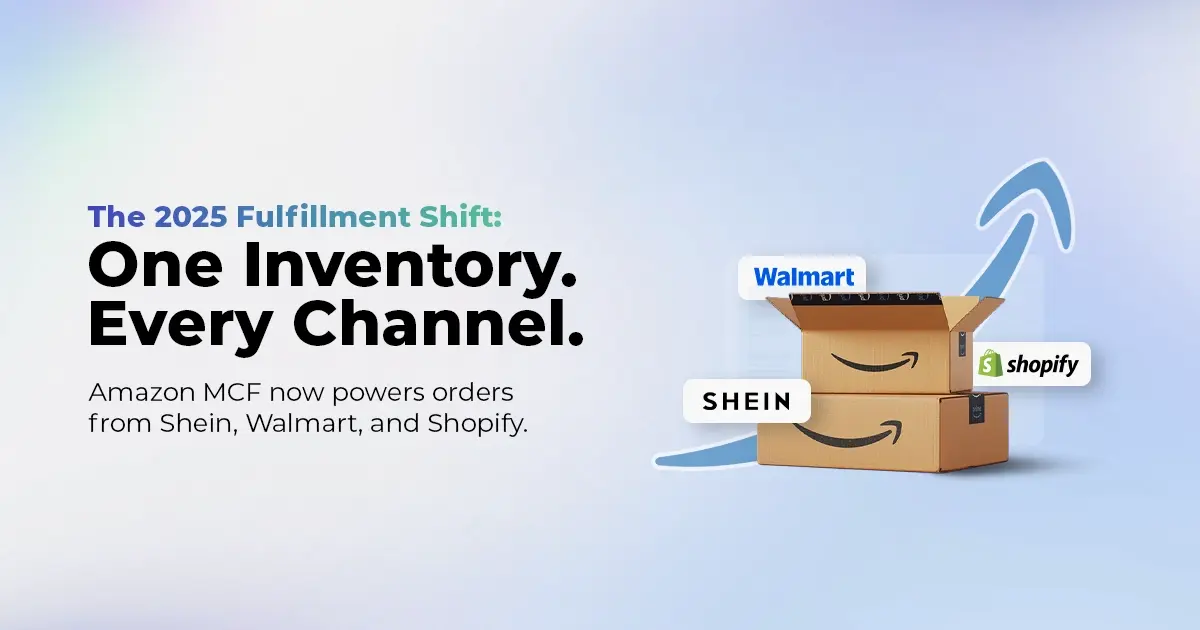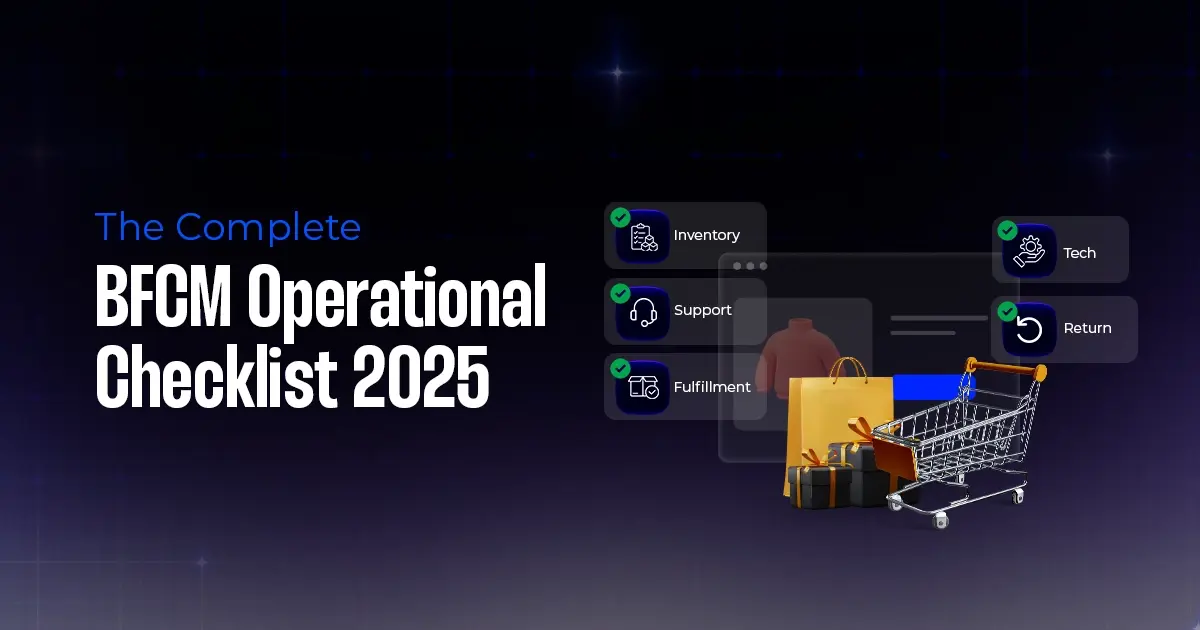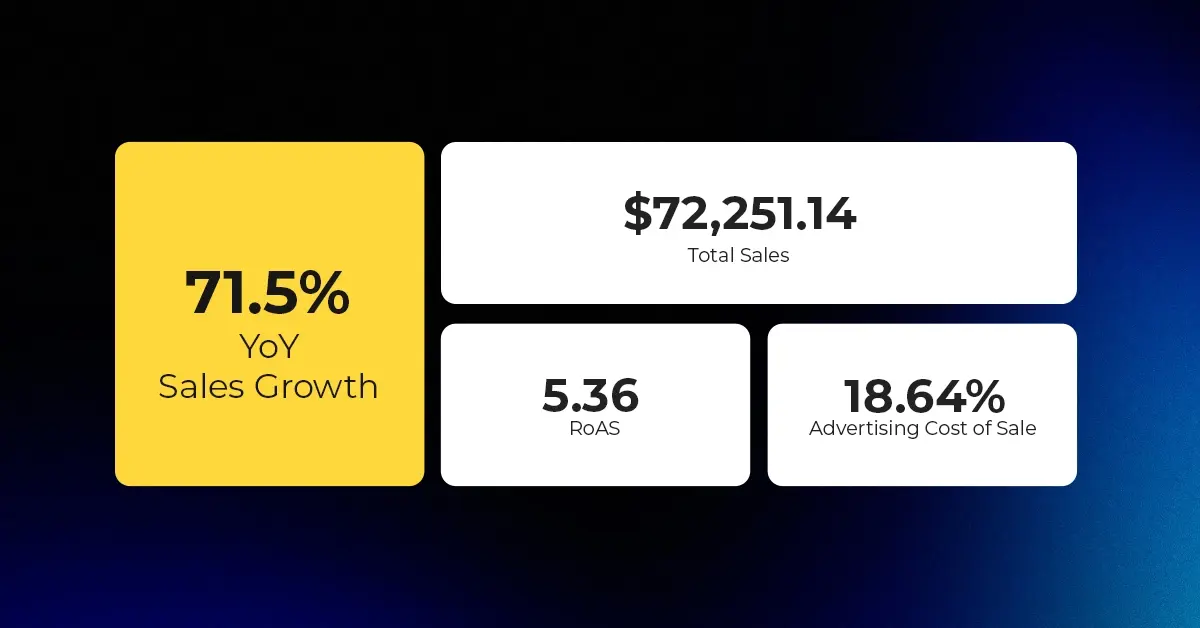BFCM Conversion Tactics: Smart Bundles, Flash Sales & Scarcity Marketing
Reading Time: 13 minutesStill approaching BFCM with generic discounts, last-minute price cuts, or scattered promotions?…
By 2025, retail eCommerce sales are projected to account for over 21.5% of global retail sales worldwide. This translates to a massive online marketplace where customer experience is paramount. From user-friendly product discovery to secure and efficient checkouts, every touchpoint on your eCommerce store needs to be flawlessly optimized. But behind the scenes, a powerful platform is the engine driving this experience. So, choosing the right eCommerce platform is crucial for businesses of all sizes, as it lays the foundation for growth, scalability, and ultimately, success. Magento Open Source and Adobe Commerce are two such platforms that enable businesses to simplify the selling process. This blog explores both platforms, comparing their core functionalities and highlighting the features of Adobe Commerce and Magento Open Source (Magento Community vs Magento Commerce). By the end, you’ll be equipped to make an informed decision to choose the platform that best fits your business requirements.
While Adobe Commerce offers a robust suite of features, it’s important to remember that Magento Open Source forms its foundation. This means you’ll find the core functionalities for building an online store on both platforms, including product creation, management, inventory control, basic customer accounts, and order processing. So, let’s understand the key features of Magento Open Source and Adobe Commerce:
Catalog management encompasses everything from creating detailed product descriptions to managing inventory levels and ensuring smooth product information updates. So, here’s a breakdown of how Magento Open Source and Adobe Commerce handle catalog management:
Magento Open Source offers a robust set of features for managing your product catalog. Here’s a technical breakdown:
Building upon the foundation of Magento Open Source, Adobe Commerce offers a significantly more advanced suite of features for managing your product catalog. Here’s how Adobe Commerce offers greater control and efficiency:
Customer management is about understanding your customers, building relationships, and keeping them returning for more. Let’s see how Magento Open Source and Adobe Commerce equip you to manage your customers effectively:
Magento Open Source provides the essentials for managing customer accounts:
Adobe Commerce takes customer management to a whole new level with personalized service.
Marketing and promotions help attract new customers, engage existing ones, and ultimately drive sales. Here’s how Magento Open Source and Adobe Commerce help create successful marketing and promotional campaigns:
Magento Open Source provides the essentials for basic marketing and promotions. You can create basic coupon codes and promotions to incentivize purchases. However, you have limited control over targeting and rules for these promotions.
Adobe Commerce takes marketing and promotions to the next level. Think of it as a full-fledged marketing agency at your fingertips:
Search and merchandising are crucial for a seamless customer experience. They enable customers to find the products they’re looking for quickly and efficiently, ultimately leading to more sales. Let’s explore how Magento Open Source and Adobe Commerce approach these aspects:
The platform provides the essentials for product search. The Keyword Search feature enables customers to search for products using keywords in the search bar.
Adobe Commerce includes everything you get with Magento Open Source for basic keyword searches. In addition, it offers the following features:
It is important to ensure orders are processed efficiently, shipped promptly, and customers receive their purchases as promised. Here’s how Magento Open Source and Adobe Commerce help you manage orders and fulfill them flawlessly:
Magento Open Source provides the basics for handling orders:
Adobe Commerce includes everything you get with Magento Open Source for order management, payment processing, and order status tracking.
This feature allows customers to pay for their purchases securely and ensures you receive your funds smoothly. So, here’s how Magento Open Source and Adobe Commerce approach payment processing:
This platform enables you to connect your store with various payment gateways to accept customer payments through popular methods like credit cards and PayPal.
Adobe Commerce offers a wide range of secure payment options.
Security is paramount for any online store. It protects your customer data, keeps your platform safe from malicious attacks, and fosters trust with your customers. Here’s a breakdown of how Magento Open Source and Adobe Commerce approach security:
The platform provides core security features, however, the overall responsibility lies with you:
Adobe Commerce takes security to a whole new level. Imagine a high-security bank with a dedicated security team and cutting-edge technology. So, here’s how Adobe Commerce strengthens your store’s security:
As your business grows and attracts more traffic, your platform needs to keep up. Here’s how Magento Open Source and Adobe Commerce handle scalability and performance:
While Magento Open Source is a good starting point, its scalability relies on manual intervention and technical expertise.
With a highly scalable architecture and the option for automatic scaling in the cloud, Adobe Commerce empowers your online store to handle explosive growth seamlessly.
A Content Management System allows you to create and manage the web pages and content on your online store. So, it’s essential to craft a captivating website that informs, engages, and ultimately converts visitors into customers.
It allows you to create basic web pages like “About Us” or “Contact Us” with text and images. Moreover, these pages remain unchanged unless you manually edit them.
Adobe Commerce includes everything you get with Magento Open Source for creating static pages.
For businesses selling to other businesses (B2B), specific functionalities are essential for smooth transactions and efficient workflows. So, here’s how Magento Open Source and Adobe Commerce cater to the needs of B2B customers:
Magento Open Source doesn’t offer functionalities like company accounts, custom pricing for business customers, or shared catalogs. Therefore, it is ideal for B2C and D2C businesses.
Adobe Commerce offers a comprehensive suite of B2B features, including:
Integrations allow you to connect your online store with other tools and services to enhance functionality and automate tasks. Here’s how Magento Open Source and Adobe Commerce approach integrations:
Magento boasts a vast marketplace with thousands of extensions developed by third-party vendors. Moreover, these extensions can add various functionalities to your store, from marketing automation tools to accounting integrations. CedCommerce integration solutions offer streamlined multistore management, making it possible for sellers to scale their business.
When evaluating these platforms, the level and type of support available is a critical consideration, especially if you have limited expertise in website design and eCommerce. Both versions offer robust third-party module support features and actively support Magento Open Source and Adobe Commerce through their paid offerings.
Level of Support: Community-based
Level of Support: Comprehensive and Professional
Now that we’ve explored the core functionalities of Magento Open Source and Adobe Commerce, let’s understand the technical features that make each platform unique:
| Magento Open Source | Adobe Commerce |
|
Themes: Choose from a vast selection of pre-designed themes available in the marketplace. These themes can be customized to a certain extent, allowing you to modify colors, fonts, and layouts. Customization Options: With some technical knowledge, you can modify the core code of Magento Open Source to achieve more tailored store design and features. However, this approach requires significant development expertise. Developer Tools: Magento Open Source offers a robust set of developer tools, including an API and command-line interface (CLI). These tools enable developers to build custom functionalities and integrations to extend the platform’s capabilities. |
Page Builder: Build visually appealing and dynamic web pages with Adobe Commerce’s intuitive drag-and-drop Page Builder. Moreover, this user-friendly interface lets you create custom layouts, integrate product elements, and design unique landing pages without writing code. Elasticsearch Integration: Experience lightning-fast search functionality with built-in Elasticsearch integration. This enables your customers to find the products they’re looking for quickly and efficiently. Headless Commerce Capabilities: Adobe Commerce supports headless commerce architecture. This allows you to decouple your front-end storefront from the back-end commerce engine. So, this provides greater flexibility for building custom shopping experiences across various touchpoints, like mobile apps or kiosks. |
Magento Open Source and Adobe Commerce are both platforms with powerful features that can be the foundation of your thriving online store. So, choosing the right one depends on your business’s needs.
Magento Open Source is ideal for startups and smaller businesses with a manageable product catalog. It’s completely free to use and offers a vast marketplace of extensions for adding functionalities. However, it requires more technical expertise to fully customize and maintain.
Adobe Commerce caters to businesses with a larger product catalog and complex requirements. It provides advanced features like a user-friendly page builder, robust security, and seamless integration with other Adobe products. While it comes with a cost, it offers features like headless commerce for ultimate flexibility and scalability.
Ultimately, the best platform depends on your specific situation. At CedCommerce, we offer expertise and integrations for both Magento Open Source and Adobe Commerce to streamline your operations and enhance customer experience. Connect with us today to discuss your eCommerce goals and become a successful seller.

Reading Time: 13 minutesStill approaching BFCM with generic discounts, last-minute price cuts, or scattered promotions?…

Reading Time: 3 minutesTikTok Shop reached a major milestone during its largest U.S. “Global Black…

Reading Time: 3 minutesOpenAI has announced a new AI-powered shopping research tool designed to help…

Reading Time: 9 minutesIf your TikTok Shop listings often sit in review or your visibility…

Reading Time: 3 minutesAmazon has rolled out a new “Seller Challenge” feature for eligible Account…

Reading Time: 3 minutesWalmart Marketplace has sharpened its requirements around product classification (category, type group,…

Reading Time: 3 minutesJust ahead of Black Friday, Amazon is enforcing tighter controls on its…

Reading Time: 11 minutesWhere holiday prep of past years focused on legacy channels like Amazon,…

Reading Time: 11 minutesThe eCommerce shift you actually need to act on Multi-channel fulfillment has…

Reading Time: 10 minutesBlack Friday Cyber Monday (BFCM) isn’t a weekend anymore; it’s a two-month…

Reading Time: 2 minuteseBay is quietly testing a new feature that could reshape how buyers…

Reading Time: 2 minutesAmazon is stepping into a new era of value commerce with the…

Reading Time: 11 minutesThe $240 Billion BFCM Opportunity & Why Operations Matter Every seller, business,…

Reading Time: 7 minutesTL;DR — Your 60-Second BFCM Battle Plan Time remaining: 3 weeks until…

Reading Time: 2 minutesChina’s Double 11 shopping festival — the world’s largest annual online retail…

Reading Time: 2 minutesAs the holiday season approaches, TikTok Shop has released its September 2025…

Reading Time: 3 minutesIn a continued effort to enable sellers and stimulate new product launches…

Reading Time: 2 minutesAs global trade enters a new phase of regulation and cost restructuring,…

Reading Time: 2 minutesOpenAI Turns to Amazon Web Services in $38 Billion Cloud Deal: What…

Reading Time: 4 minutesAbout the Client TMRG is a global health and wellness brand with…